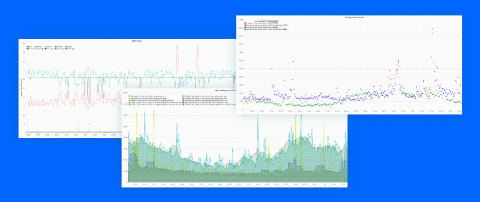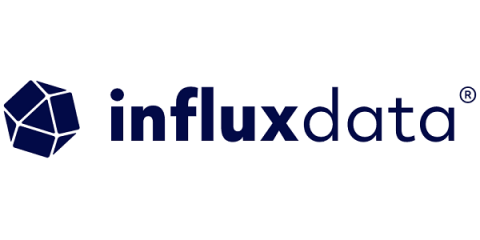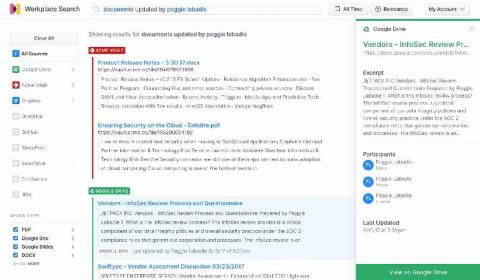Operations | Monitoring | ITSM | DevOps | Cloud
Analytics
Collaboration, Remote Work and Data Security
Advanced Guide to Kibana Timelion
Kibana Timelion is a time-series based visualization language that enables you to analyze time-series data in a more flexible way. compared to other visualization types that Kibana offers. Instead of using a visual editor to create visualizations, Timelion uses a combination of chained functions, with a unique syntax, to depict any visualization, as complex as it may be.
Flux and Static Analysis
Have you seen this when using the Flux code editor? Pretty neat to be able to get that much help from an editor while writing code. Have you ever wondered how that worked? Today, I’ll take us on a bit of a deep dive on the behind-the-scenes that enable these autocompletion features in the editor.
Redis Compression Benchmarking
At LogicMonitor, we deal primarily with large quantities of time series data. Customer devices are monitored at regular intervals and data points are provided to our agentless application to be processed and interpreted. Recently, we’ve endeavored to expand the presence of machine learning in our application to enhance anomaly detection.
Glitch List: May 2020
Hello, and welcome back (to some of you, at least) from quarantine. Although things may look as though they’ve reached a new normal, our present equilibrium still includes a number of glitches. In May, in addition to the usual outages due to overloaded servers, we also have outages due to failures of partner monitoring, plus – an Anodot first – a pizza arbitrage issue. Is it true that you can make money by selling pizzas to yourself?
How To Determine When a Host Stops Sending Logs to Splunk...Expeditiously
So I've only been at Splunk for 8 months, and in the short amount of time I've been here, one of the most common questions I've been asked is “How do I get an alert when Splunk is not receiving logs?". As a matter of fact, if I had $0.05 each time I was asked this question, I would have $0.25! Surprisingly, with this being such an often-asked question, I haven't been able to find much documentation on how to accomplish this using the native features of Splunk.
Tips and Tricks from Elastic Support: Setting up and running your cluster
Searching Google Drive: Better collaboration with Elastic Workplace Search
While Google G Suite is an indispensable productivity and collaboration tool for modern businesses, all too frequently content tends to pile up in the far corners of Google Drive, making content search and discovery difficult. Spending valuable time sifting and searching through tens of thousands of documents to find the right one has become all too common, and most workers spend several hours per week searching for information.
How to add powerful (Elastic)search to existing SQL applications
Elasticsearch has a lot of strengths (speed, scale, relevance), but one of its most important strengths is its flexibility to be added to existing environments without the need for any sort of architectural overhaul. If you are a sysadmin (dev, sec, ops, etc.), you know just how appealing this is. So many legacy systems remain in place not because they are perfect, but because replacing them would cost time and money that you don't have.











